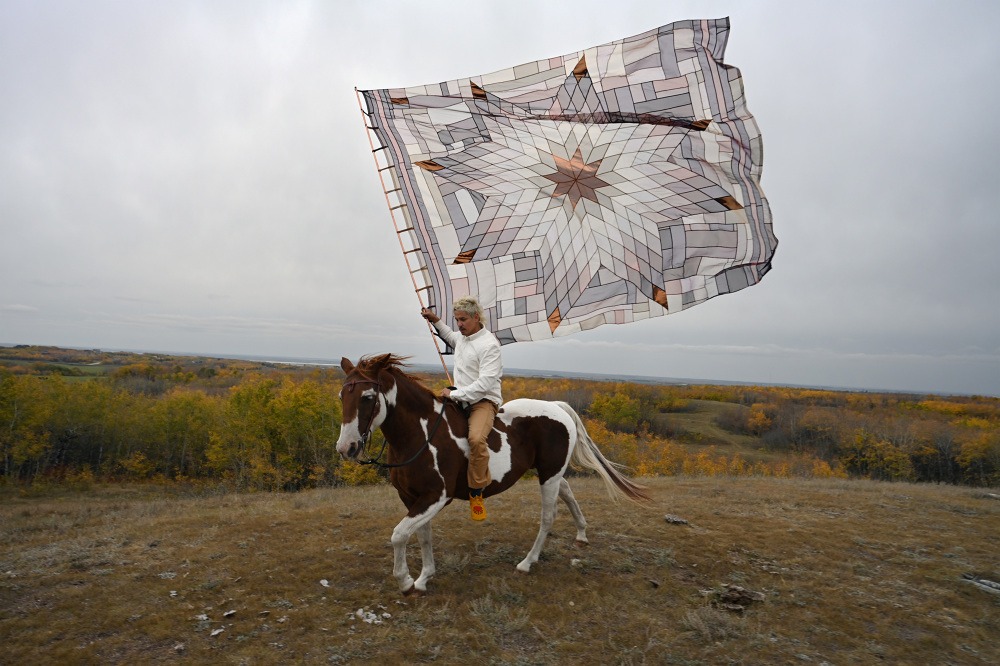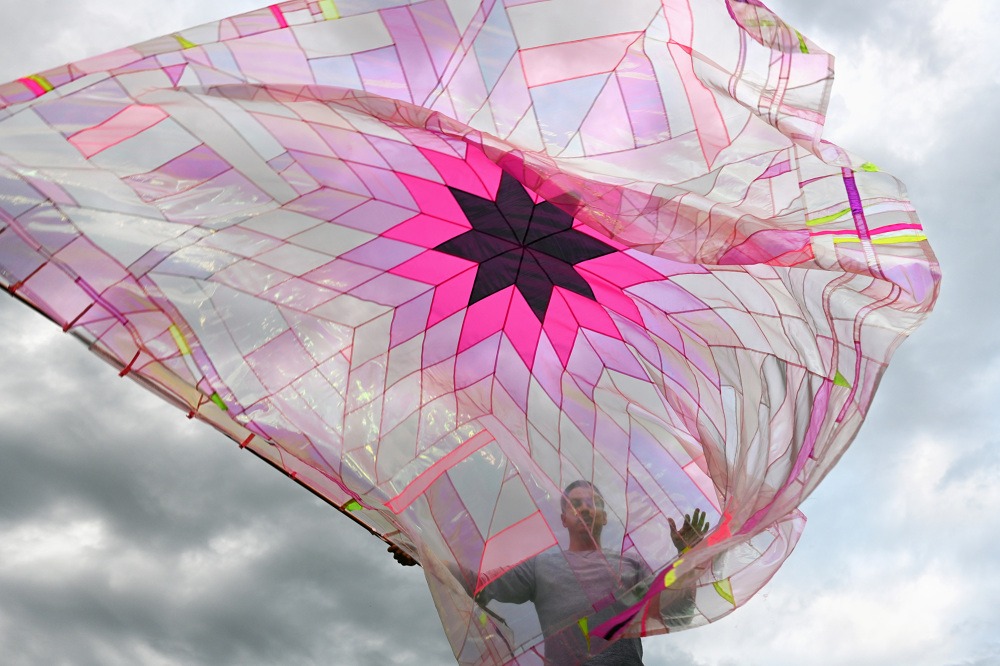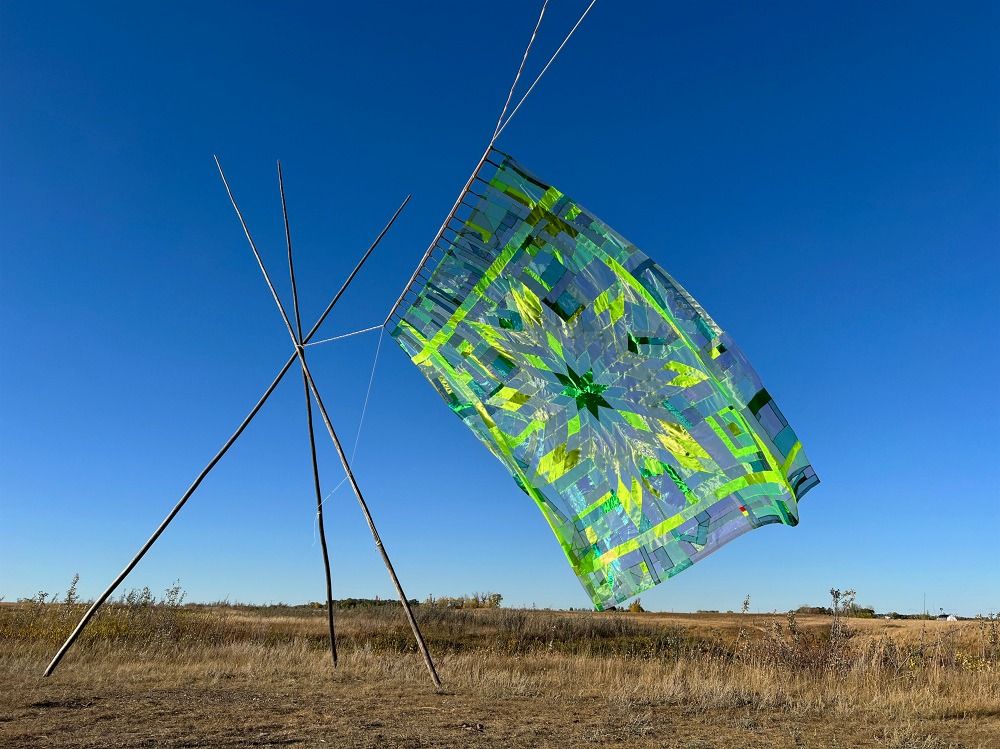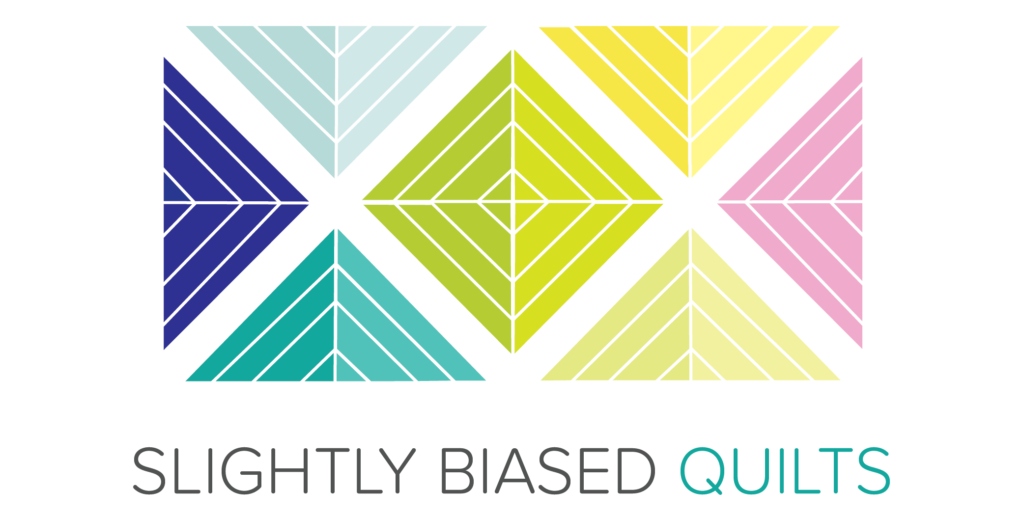Quilting is often about contrast—light against dark, warm against cool, prints against solids. But what if we leaned into a different kind of contrast? One that plays with opacity, layering, and the illusion of light filtering through fabric? This is the essence of transparency in modern quilting—a technique that transforms a simple patchwork into a glowing, dimensional work of art.
Finding Inspiration in Art: Wally Dion’s Layered Transparencies
To explore the beauty of transparency in quilting, we can look to the artwork of Wally Dion, a contemporary artist who masterfully layers color and form to create glowing, almost stained-glass-like effects. His pieces, often created with recycled materials and painted surfaces, give the illusion of overlapping light and shadow, where shapes appear to float over one another.
What if we applied that same concept to functional quilting? By carefully choosing fabric values and layering colors, we can mimic the effect of transparency and depth, creating a quilt that feels luminous and dynamic.
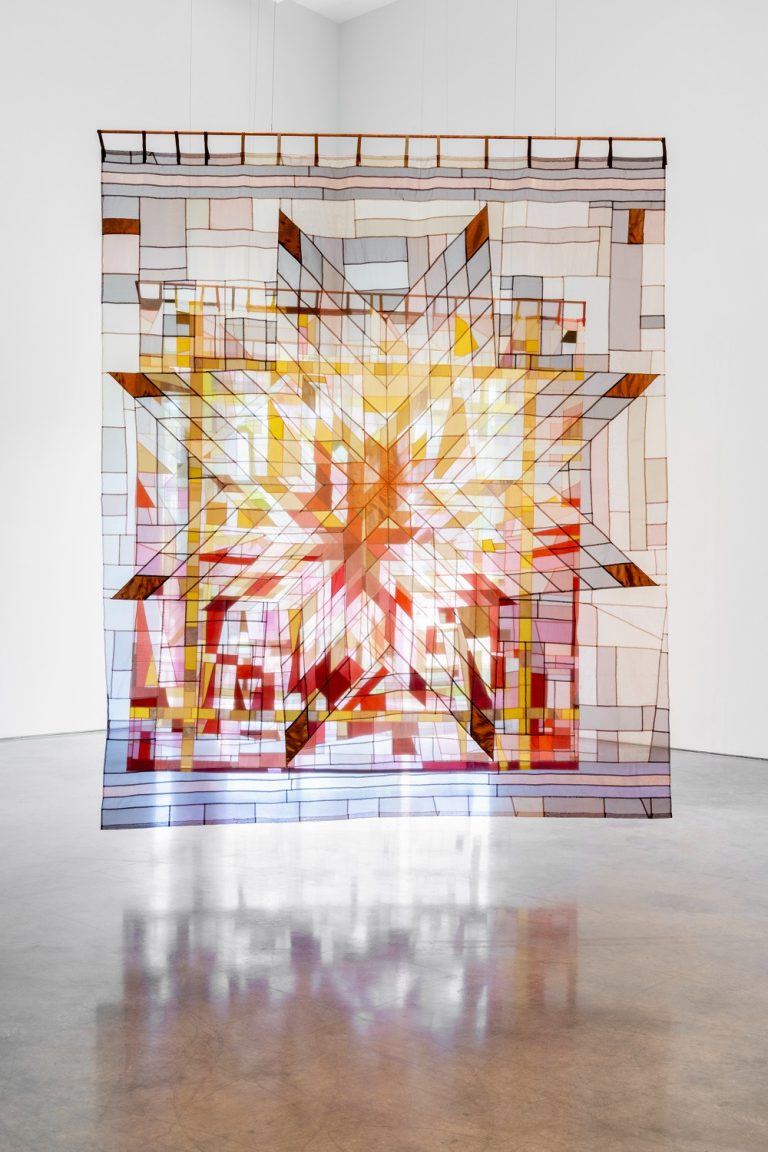
How to Achieve Transparency in Quilting
Creating the illusion of transparency in quilts requires intentional fabric selection and thoughtful piecing. Here are a few ways to incorporate this stunning technique into your own work:
- Use a Gradient of Values
Select fabrics that transition smoothly from light to dark within the same color family. When pieced together, they create a subtle transparency effect as if one color is glowing through another. - Overlapping Shapes
Inspired by Dion’s work, try using overlapping geometric shapes—such as rectangles, triangles, or curves—where colors shift as if they’re being layered on top of one another. - Sheer Fabrics & Layering
For an even more literal take, experiment with lightweight or semi-transparent fabrics like organza or voile. When layered over quilting cottons, these fabrics can create soft transitions of color, texture, and catch the light in the sheen of the textile. - Strategic Piecing & Color Mixing
Place two colors side by side and introduce an intermediate shade where they meet. This mimics the look of light blending through fabric, much like the gradient seen in watercolor paintings. Color mixing can be challenging. If you want a little extra help with color blending I highly recomend this online blending tool. Just copy and paste the hexcodes of your colors and click blend to get a result that won’t disapoint.
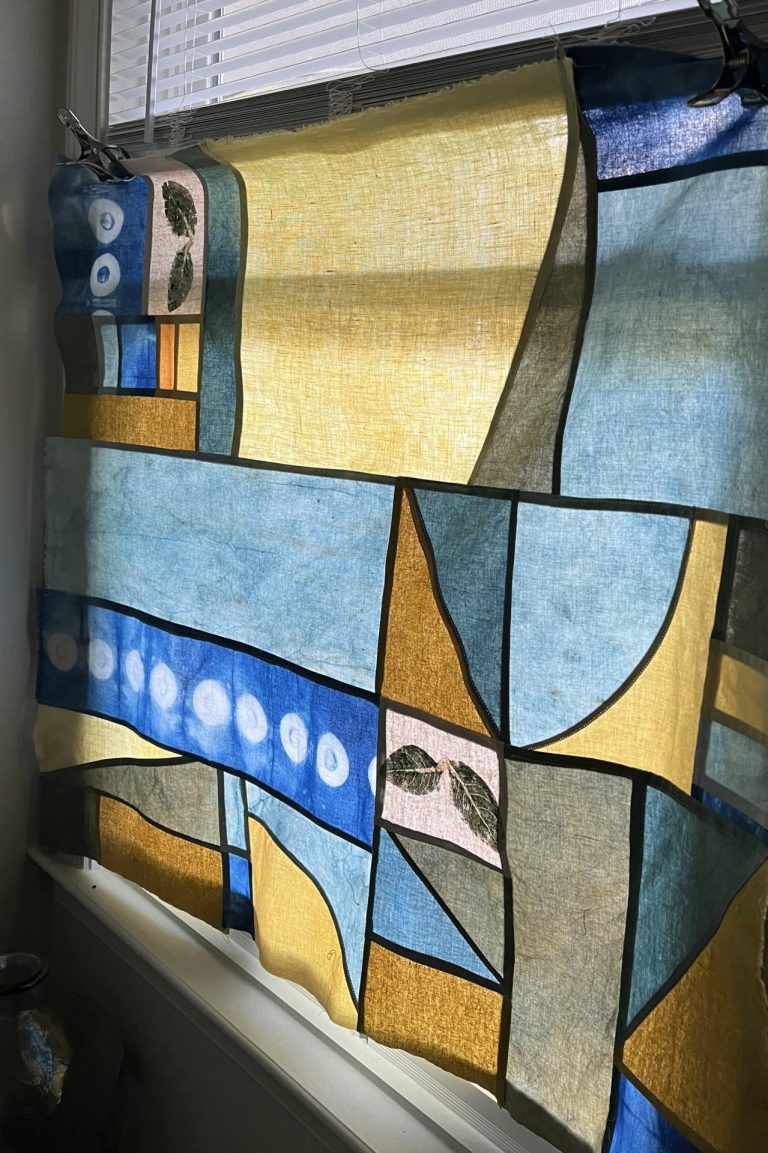
A Functional Work of Art
Applying transparency to quilts doesn’t mean they have to remain abstract wall hangings. These techniques can be used in functional quilts, from bed quilts to table runners. Imagine a minimalist quilt draped over a couch, its design shifting with the light of day, or a modern throw that changes appearance depending on how it’s folded.
Transparency techniques bring a unique energy to quilting, offering a fresh, contemporary approach to color and composition. Whether you’re drawn to the painterly look of blending hues or the striking impact of overlapping shapes, experimenting with transparency can lead to truly mesmerizing quilts.
Have you tried incorporating transparency into your quilts? Share your thoughts and inspiration in the comments below!
Check out the photos below and explore Wally Dion’s site HERE for more inspiration.
